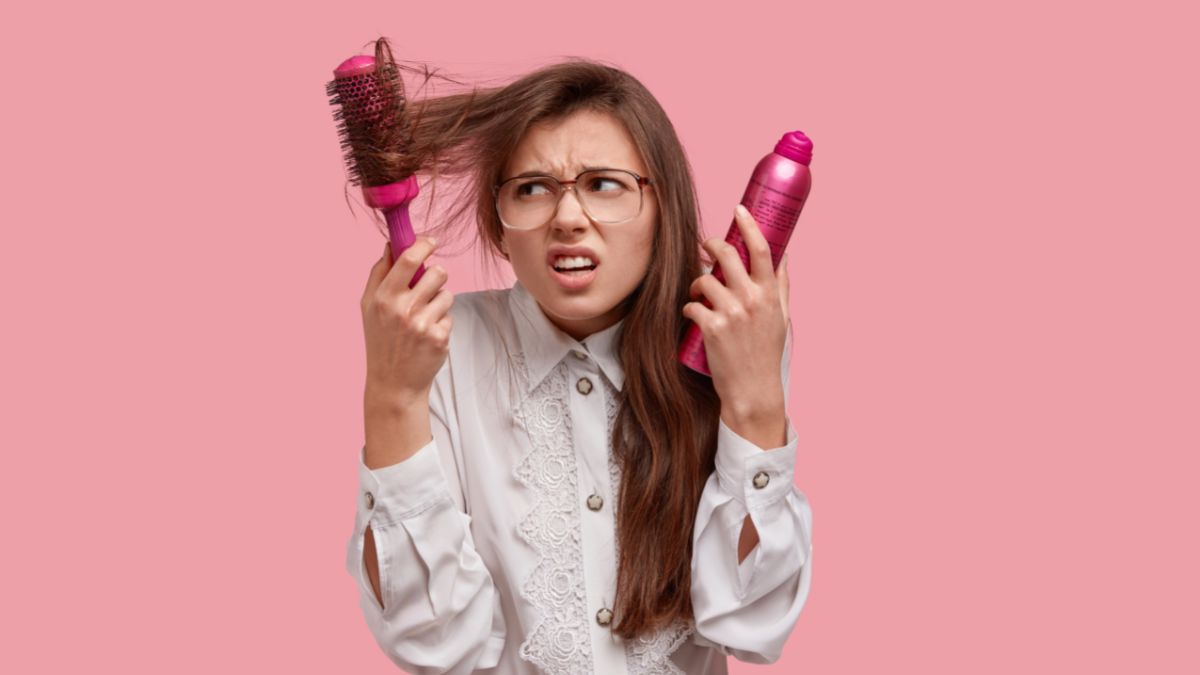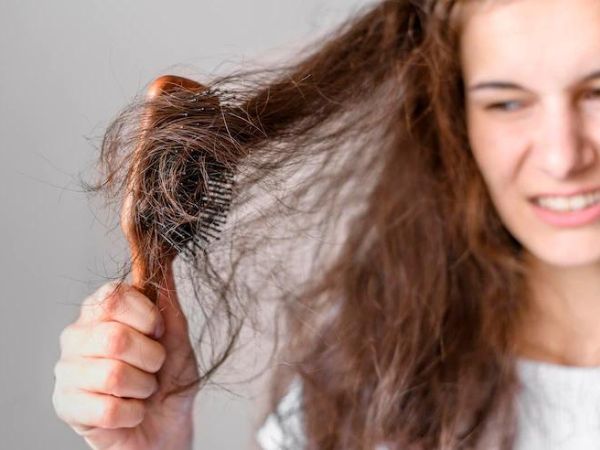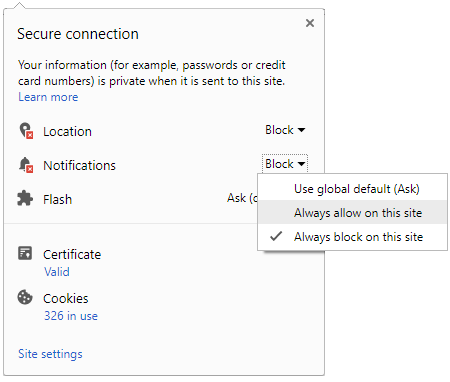Just In
- 7 hrs ago

- 7 hrs ago

- 10 hrs ago

- 10 hrs ago

Don't Miss
- Finance
 1:2 Split, 1:1 Bonus, Rs 28/Sh Dividend: Mahindra's IT Stock To Pay 560% Dividend; Check Record, Payment Dates
1:2 Split, 1:1 Bonus, Rs 28/Sh Dividend: Mahindra's IT Stock To Pay 560% Dividend; Check Record, Payment Dates - Movies
 EXCLUSIVE! Srishty Rode Excited For International Premiere Of 'Gabru Gang' In Dubai: Did Last-Minute Shopping
EXCLUSIVE! Srishty Rode Excited For International Premiere Of 'Gabru Gang' In Dubai: Did Last-Minute Shopping - News
 King Charles Grants Royal Assent: UK's Rwanda Deportation Plan Now Law
King Charles Grants Royal Assent: UK's Rwanda Deportation Plan Now Law - Sports
 T20 World Cup 2024: Toss up between Sanju Samson and KL Rahul ahead of big selection meeting
T20 World Cup 2024: Toss up between Sanju Samson and KL Rahul ahead of big selection meeting - Automobiles
 Royal Enfield Unveils Revolutionary Rentals & Tours Service: Check Out All Details Here
Royal Enfield Unveils Revolutionary Rentals & Tours Service: Check Out All Details Here - Technology
 Elon Musk’s X Is Launching a TV App Similar to YouTube for Watching Videos
Elon Musk’s X Is Launching a TV App Similar to YouTube for Watching Videos - Education
 AICTE introduces career portal for 3 million students, offering fully-sponsored trip to Silicon Valley
AICTE introduces career portal for 3 million students, offering fully-sponsored trip to Silicon Valley - Travel
 Escape to Kalimpong, Gangtok, and Darjeeling with IRCTC's Tour Package; Check Itinerary
Escape to Kalimpong, Gangtok, and Darjeeling with IRCTC's Tour Package; Check Itinerary
How To Treat Coloured, Damaged Hair Without Going To The Salon
We all suffer from some level of hair damage, whether it be dryness, brittleness, split ends, or breakage. Hair damage usually occurs as a result of damage to the outer layer of the hair, called the cuticle. The cuticle is open and makes the hair shaft vulnerable to further damage.
Can Colouring Your Hair Damage It?
You may damage your hair a bit when colouring your hair permanently, particularly if you are taking it to a lighter shade. This is because bleaching your hair involves removing its outer layers, right?

The cause of chemically damaged hair is often the result of over-colouring or home-dying ,since lightening agents require professional expertise in order to prevent damage and colour mishaps.
Over time, the cuticles of your hair become weaker when you repeatedly lighten your hair (or leave the chemicals in for an extended period of time), resulting in bristly hair. They become more porous, letting out both new colour and moisture.
A fast-fading colour can cause you to lighten more frequently, which in turn damages your hair even more and causes it to fade more rapidly. This can lead to a vicious cycle.
But you can treat damaged, coloured hair at home without going to the salon. Here are some tips.
How To Treat Coloured, Damaged Hair Without Going To The Salon
1. Keep your hair trimmed
To prevent or eliminate split ends, have your hair trimmed once every 6-8 weeks. If left untreated, split ends can cause your hair to become brittle, dry, and damaged.

2. Use homemade masks
Avocado, banana, and eggs are among the best at-home hair masks you can use to repair damaged hair and restore its health [1].
3. Make use of hair oils
In addition to repairing hair damage, coconut oil is considered an excellent moisturising agent and can help replenish your hair's lost moisture. Olive oil also penetrates the cuticle of your hair, repairing hair damage. Almond oil assists in rehydrating dry hair and reducing frizz. In addition to being enriched with vitamin E and A, argan oil also prevents breakage of hair [2].
4. Invest in better hair care
Switch to a gentle hair care routine. Research is required before purchasing shampoo, conditioner, oil and serums. Washing and conditioning hair are essential steps in any hair care regimen [3].

If your hair is damaged, you should purchase products free of sulphates, parabens, alcohols, dyes, and artificial fragrances. Deep conditioning treatments contain more potent ingredients and last longer.
5. Use heat protectors
You can continue using styling tools even when you protect your coloured hair. Use heat protectants! Heat protectants not only prevents damage caused by hot styling tools (which can weaken, break, and even burn hair fibres), it also helps to rejuvenate damaged hair. Furthermore, it provides lightweight conditioning to smooth damaged hair, reducing knots and tangling as a result.
On A Final Note...
If you have coloured hair, avoid brushing it and rubbing it with a rough towel; instead, use a wide-toothed comb and gently squeeze out excess moisture with a soft cotton t-shirt before drying on low heat.
-
 hair careHair Hacks To Bring Life Back To Your Dry Tresses
hair careHair Hacks To Bring Life Back To Your Dry Tresses -
 hair care6 Tips To Restore Severely Heat-Damaged Hair
hair care6 Tips To Restore Severely Heat-Damaged Hair -
 hair careHow Frequently Should You Wash Your Hair Based On Your Hair Type
hair careHow Frequently Should You Wash Your Hair Based On Your Hair Type -
 hair care8 Simple & Effective Hair Masks To Treat Dull & Damaged Hair
hair care8 Simple & Effective Hair Masks To Treat Dull & Damaged Hair -
 hair careAll-Natural Remedies To Treat Damaged And Thin Hair
hair careAll-Natural Remedies To Treat Damaged And Thin Hair -
 hair careTips For Extremely Damaged Hair
hair careTips For Extremely Damaged Hair -
 hair careDIY: Banana And Rice Flour Hair Mask For Damaged Hair
hair careDIY: Banana And Rice Flour Hair Mask For Damaged Hair -
 hair careTricks To Make Your Damaged Hair Look Nice
hair careTricks To Make Your Damaged Hair Look Nice


 Click it and Unblock the Notifications
Click it and Unblock the Notifications



